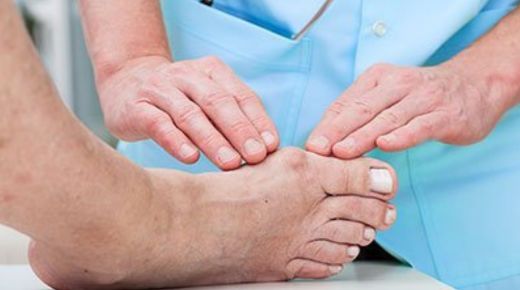
Dealing with a bunion can be painful and frustrating. It affects daily activities and overall quality of life. Orthopedic surgeons play a crucial role in managing and treating bunions. With expertise and precision, they offer patients relief and restore mobility. Dr. Stephen Fisher Braselton exemplifies this approach. He uses a blend of skill and knowledge to address this common foot issue, helping patients walk with ease once again.
Understanding Bunions
A bunion is a bony bump that forms on the joint at the base of the big toe. It develops when the bones in the front part of the foot move out of place. This makes the tip of the big toe get pulled toward the smaller toes. Bunions can also form at the base of the little toe, called a bunionette. Some common causes of bunions include wearing tight shoes, foot stress, or medical conditions like arthritis.
The Role of Orthopedic Surgeons
Orthopedic surgeons specialize in conditions involving the bones and joints. When it comes to bunion treatment, they provide several options tailored to the patient’s needs. Treatment varies based on the severity of the bunion, the patient’s lifestyle, and other health factors. Orthopedic surgeons use imaging techniques like X-rays to assess the condition of the foot. These images help in planning the best course of action.
Non-Surgical Treatments
Before considering surgery, orthopedic surgeons often recommend non-surgical treatment methods. These can alleviate pain and prevent the bunion from worsening. Some common non-surgical approaches include:
- Changing Footwear: Wearing comfortable, roomy shoes can reduce pressure on the bunion.
- Padding and Taping: Cushioning the bunion with pads or taping the foot can relieve stress on the joint.
- Orthotic Devices: Customized shoe inserts can help control the alignment of the foot.
These methods aim to ease the symptoms and maintain foot function without surgery.
Surgical Options
When non-surgical treatments fail to provide relief, surgery may be considered. The goal of bunion surgery is to relieve pain and correct the deformity. Orthopedic surgeons offer various surgical procedures, including:
- Osteotomy: Cutting the bone to realign the joint.
- Arthrodesis: Removing the damaged joint surfaces and fusing the joint.
- Exostectomy: Removing the bump from the toe joint.
Post-surgical care involves rest, proper wound care, and sometimes physical therapy to regain strength and mobility in the foot.
Comparing Treatment Options
To better understand the differences between non-surgical and surgical treatments, here’s a simple comparison:
| Treatment Type | Benefits | Considerations |
| Non-Surgical | Less invasive, lower risk, immediate relief | May not fully correct the deformity |
| Surgical | Corrects deformity, long-term relief | Long recovery, potential for complications |
Recovery and Long-Term Care
Post-treatment care is crucial for recovery. After surgery, patients may need to use crutches or wear a special boot. Keeping weight off the foot helps healing. Routine care, including exercises, is more effective after treatment. By following the surgeon’s advice, patients can improve their recovery outcomes.
Long-term care involves maintaining foot health. This includes wearing supportive footwear, using orthotic devices, and monitoring any changes in the foot structure. Keeping an eye on symptoms and acting quickly if they arise can prevent future issues.
Conclusion
Bunions can impact your daily life, but orthopedic surgeons provide effective solutions. By combining skillful diagnosis and treatment options, they help patients return to their normal activities. Through careful planning and expert care, you can find relief and regain your mobility.
